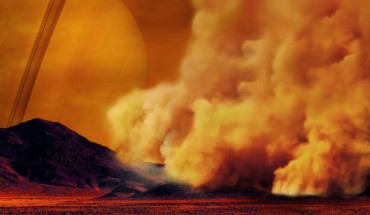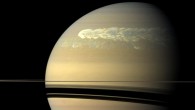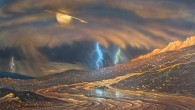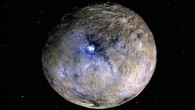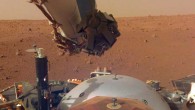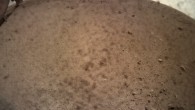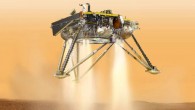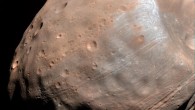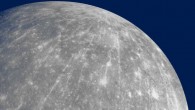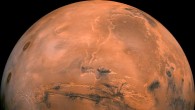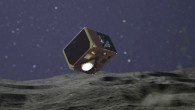New research tackles one of the greatest mysteries about Saturn’s moon Titan: the origin of its present-day nitrogen atmosphere. Published in the Astrophysical Journal, the study suggests that Titan’s interior is likely warm, and that nitrogen from organic material in the moon’s interior may contribute on the order of 50% of its nitrogen-rich atmosphere. An artist’s concept of a dust storm on Titan. Image credit: NASA / ESA / IPGP / Labex...

